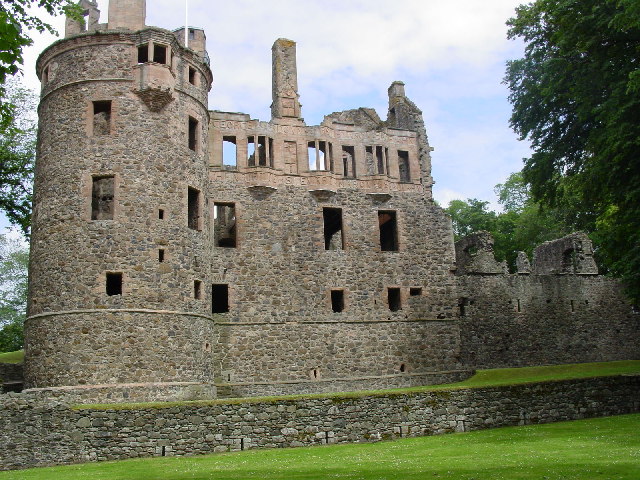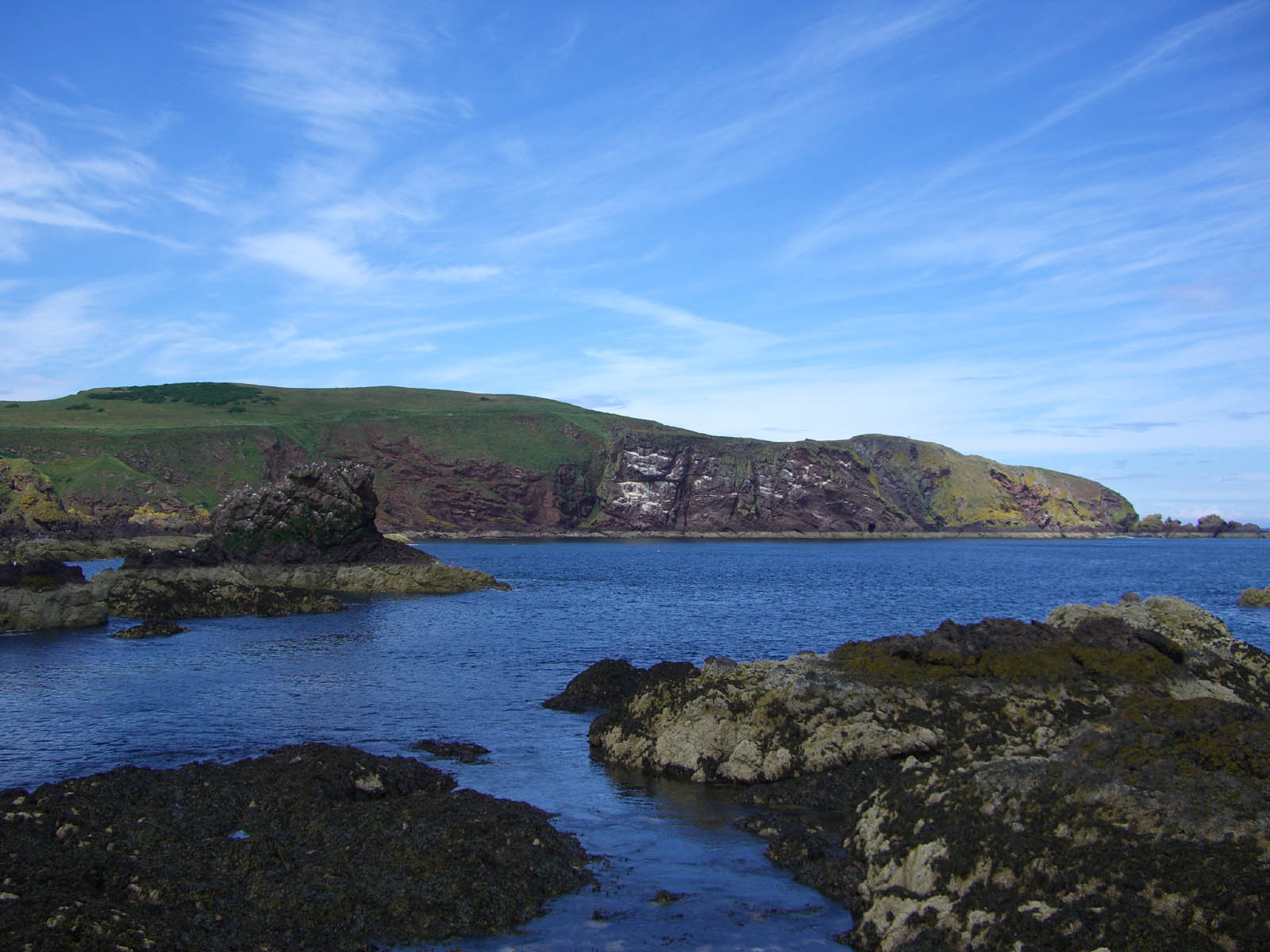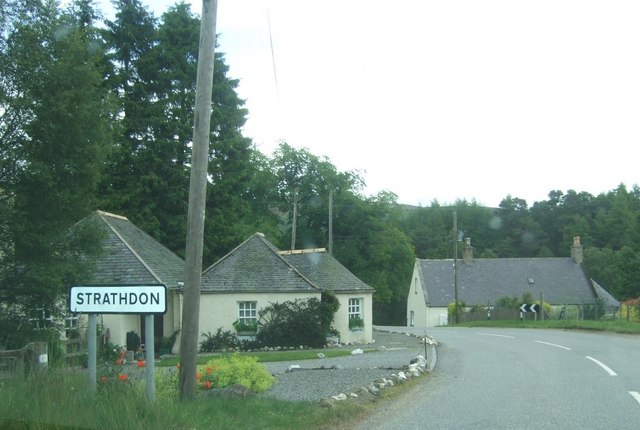|
Huntly, Scotland
Huntly ( or ''Hunndaidh'') is a town in Aberdeenshire, Scotland, formerly known as Milton of Strathbogie or simply Strathbogie. It had a population of 4,460 in 2004 and is the site of Huntly Castle. Its neighbouring settlements include Keith and Rothiemay. Both Huntly and the surrounding district of Gordon are named for a town and family that originated in the Border country. Huntly is the historic home of the Gordon Highlanders regiment, which traditionally recruited throughout the North-East of Scotland. Huntly has a primary school (Gordon Primary) and a secondary school (The Gordon Schools) beside Huntly Castle. Huntly is the home of the Dean's bakers, producers of shortbread biscuits. In November 2007, the Dean's of Huntly opened their new visitor’s centre. Four of the owls from the local falconry centre were featured in the ''Harry Potter'' films. History Settlement around the confluence of the Bogie and Deveron rivers dates back to the Neolithic period. The settl ... [...More Info...] [...Related Items...] OR: [Wikipedia] [Google] [Baidu] |
Aberdeenshire
Aberdeenshire (; ) is one of the 32 Subdivisions of Scotland#council areas of Scotland, council areas of Scotland. It takes its name from the Shires of Scotland, historic county of Aberdeenshire (historic), Aberdeenshire, which had substantially different boundaries. The Aberdeenshire Council area includes all of the areas of the historic counties of Aberdeenshire and Kincardineshire except the area making up Aberdeen City Council area, as well as part of Banffshire. The historic county boundaries are still officially used for a few purposes, namely land registration and Lieutenancy areas of Scotland, lieutenancy. Aberdeenshire Council is headquartered at Woodhill House in Aberdeen, making it the only Scottish council whose headquarters are located outside its jurisdiction. Aberdeen itself forms a different council area (Aberdeen City). Aberdeenshire borders onto Angus, Scotland, Angus and Perth and Kinross to the south, Highland (council area), Highland and Moray to the west a ... [...More Info...] [...Related Items...] OR: [Wikipedia] [Google] [Baidu] |
Neolithic
The Neolithic or New Stone Age (from Ancient Greek, Greek 'new' and 'stone') is an archaeological period, the final division of the Stone Age in Mesopotamia, Asia, Europe and Africa (c. 10,000 BCE to c. 2,000 BCE). It saw the Neolithic Revolution, a wide-ranging set of developments that appear to have arisen independently in several parts of the world. This "Neolithic package" included the History of agriculture, introduction of farming, domestication of animals, and change from a hunter-gatherer lifestyle to one of sedentism, settlement. The term 'Neolithic' was coined by John Lubbock, 1st Baron Avebury, Sir John Lubbock in 1865 as a refinement of the three-age system. The Neolithic began about 12,000 years ago, when farming appeared in the Epipalaeolithic Near East and Mesopotamia, and later in other parts of the world. It lasted in the Near East until the transitional period of the Chalcolithic (Copper Age) from about 6,500 years ago (4500 BCE), marked by the development ... [...More Info...] [...Related Items...] OR: [Wikipedia] [Google] [Baidu] |
Berwickshire
Berwickshire (; ) is a historic county, registration county and lieutenancy area in south-eastern Scotland, on the English border. The county takes its name from Berwick-upon-Tweed, its original county town, which was part of Scotland at the time of the county's formation in the twelfth century, but became part of England in 1482 after several centuries of swapping back and forth between the two kingdoms. After the loss of Berwick, Duns and Greenlaw both served as county town at different periods. Berwickshire County Council existed from 1890 until 1975, when the area became part of the Borders region, with most of the historic county becoming part of the lower-tier Berwickshire district. Berwickshire district was abolished in 1996, when all the districts in the Borders region merged to become the Scottish Borders council area. The low-lying part of Berwickshire between the Tweed and the Lammermuirs is known as "the Merse", from an old Scots word for a floodplain, and ... [...More Info...] [...Related Items...] OR: [Wikipedia] [Google] [Baidu] |
Mormaer Of Fife
The Earl of Fife or Mormaer of Fife was the ruler of the province of Fife in medieval Scotland, which encompassed the modern counties of Fife and Kinross. Due to their royal ancestry, the earls of Fife were the highest ranking nobles in the realm, and had the right to crown the king of Scots. Held by the MacDuff family until it passed by resignation to the Stewarts, the earldom ended on the forfeiture and execution of Murdoch Stewart in 1425. The earldom was revived in 1759 with the style of Earl Fife for William Duff, a descendant of the MacDuffs. His great-great-grandson, the 6th Earl Fife, was made Earl of Fife in 1885 and Duke of Fife in 1889. Medieval earldom Mormaer of Fife The mormaers of Fife, by the 12th century, had established themselves as the highest ranking native nobles in Scotland. They frequently held the office of Justiciar of Scotia - highest brithem in the land - and enjoyed the right of crowning the kings of the Scots. The Mormaer's function, as ... [...More Info...] [...Related Items...] OR: [Wikipedia] [Google] [Baidu] |
Gaelic Language
The Goidelic ( ) or Gaelic languages (; ; ) form one of the two groups of Insular Celtic languages, the other being the Brittonic languages. Goidelic languages historically formed a dialect continuum stretching from Ireland through the Isle of Man to Scotland. There are three modern Goidelic languages: Irish language, Irish ('), Scottish Gaelic ('), and Manx language, Manx ('). Manx died out as a first language in the 20th century but has since been revived to some degree. Nomenclature ''Gaelic'', by itself, is sometimes used to refer to Scottish Gaelic, especially in Scotland, and therefore is ambiguous. Irish language, Irish and Manx language, Manx are sometimes referred to as Irish Gaelic and Manx Gaelic (as they are Goidelic or Gaelic languages), but the use of the word ''Gaelic'' is unnecessary because the terms Irish and Manx, when used to denote languages, always refer to those languages. This is in contrast to Scottish Gaelic, for which "Gaelic" distinguishes the langu ... [...More Info...] [...Related Items...] OR: [Wikipedia] [Google] [Baidu] |
Donnchad II, Earl Of Fife
Donnchad II (died 1204), anglicized as Duncan II or Dunecan II, succeeded his father Donnchad I, Earl of Fife, Duncan I as Earl of Fife in childhood. As a child of the previous mormaer, he was entitled to succeed his father through primogeniture, but not to lead his kin-group, Clan MacDuff, Clann MacDuib. That probably fell to his cousin, Aed mac Gille Míchéil. Like previous mormaers of Fife, Duncan II was appointed Justiciar of Scotia (i.e. Scotland North of the River Forth, Forth). Donnchad's minority also meant that Ferchar, Earl of Strathearn, Ferchar, Mormaer of Strathearn, took supreme place as head of the Gaels, Gaelic nobility and guide for the boy-king Malcolm IV. The scholar G. W. S. Barrow, Geoffrey Barrow suggests that it was during Duncan's tenure that ''Beinn MacDuibh'' took its names, i.e. when Duncan II acquired land in that area (Barrow, 1980, 86). Duncan, like other mormaers of Fife, kept in close association with the king. His name is recorded, among other p ... [...More Info...] [...Related Items...] OR: [Wikipedia] [Google] [Baidu] |
Motte-and-bailey Castle
A motte-and-bailey castle is a European fortification with a wooden or stone keep situated on a raised area of ground called a motte, accompanied by a walled courtyard, or bailey, surrounded by a protective ditch and palisade. Relatively easy to build with unskilled labour, but still militarily formidable, these castles were built across northern Europe from the 10th century onwards, spreading from Normandy and Anjou in France, into the Holy Roman Empire, as well as the Low Countries it controlled, in the 11th century, when these castles were popularized in the area that became the Netherlands. The Normans introduced the design into England and Wales. Motte-and-bailey castles were adopted in Scotland, Ireland, and Denmark in the 12th and 13th centuries. By the end of the 13th century, the design was largely superseded by alternative forms of fortification, but the earthworks remain a prominent feature in many countries. Architecture Structures A motte-and-bailey castle was ... [...More Info...] [...Related Items...] OR: [Wikipedia] [Google] [Baidu] |
Deeside
Deeside () is the name given to a predominantly industrial conurbation of towns and villages in Flintshire and Cheshire on the England–Wales border, Wales–England border lying near the canalised stretch of the River Dee, Wales, River Dee that flows from neighbouring Chester into the Dee Estuary. These include Connah's Quay, Shotton, Flintshire, Shotton, Queensferry, Flintshire, Queensferry, Aston, Flintshire, Aston, Garden City, Flintshire, Garden City, Sealand, Flintshire, Sealand, Broughton, Flintshire, Broughton, Bretton, Flintshire, Bretton, Hawarden, Ewloe, Mancot, Pentre, Flintshire, Pentre, Saltney and Sandycroft. The population is around 50,000, with a plurality (17,500) living in Connah's Quay. Deeside is known for its industry, providing jobs for the people of Cheshire, Merseyside and North Wales. The biggest employment area in Deeside is ''Deeside Industrial Park'', located on the north bank of the Dee on the southern edge of the Wirral peninsula, which has both ... [...More Info...] [...Related Items...] OR: [Wikipedia] [Google] [Baidu] |
Strathdon
Strathdon (; Gaelic: ''Srath Dheathain'') is an area in Aberdeenshire, Scotland. It is situated in the strath of the River Don, 45 miles west of Aberdeen in the Highlands. The main village in the strath is Bellabeg, although it was originally called Invernochty due to its location at the confluence of the River Don and the Water of Nochty. Bellabeg has many of the local community's main facilities. Strathdon is an informal geographical area. This means that there are no precise boundaries in terms of where it begins or ends. It is the founding place of the Lonach Highland and Friendly Society, and the Lonach Highland Gathering. This is a traditional Highland Gathering with the heavy sport events such as tossing the caber, hammer etc., and it also hosts a competition of Highland dancing. Dances include the noted 'highland fling', ' sword dance', ' seann triubhas' and 'reel of Tulloch'. Notable figures who have visited Strathdon include Sean Connery, Billy Connolly, Ewan ... [...More Info...] [...Related Items...] OR: [Wikipedia] [Google] [Baidu] |
Province Of Moray
Moray (; ; ) was a province within the area of modern-day Scotland, that may at times up to the 12th century have operated as an independent kingdom or as a power base for competing claimants to the Kingdom of Alba. It covered a much larger territory than the modern council area of Moray, extending approximately from the River Spey in the east to the River Beauly in the north, and encompassing Badenoch, Lochaber and Lochalsh in the south and west. Moray emerged in the 10th century as a successor to the dominant Pictish kingdom of Fortriu. The status of its rulers was ambiguous: being described in some sources as ''mormaers'', in others as Kings of Moray, and in others as Kings of Alba. The ruling kin-group of Moray, sometimes called the House of Moray, attained the throne of Alba between 1040 and 1058 in the person of Mac Bethad mac Findláich (Shakespeare's Macbeth) and his stepson Lulach. After Lulach was killed and succeeded by Máel Coluim mac Donnchada of the House ... [...More Info...] [...Related Items...] OR: [Wikipedia] [Google] [Baidu] |
Strathbogie, Scotland
Strathbogie () is the valley of the River Bogie in Aberdeenshire, Scotland. It was formerly a lordship belonging to the Gordon family, who received it from Robert the Bruce. The Gordons' seat was at Huntly. History The name "Strathbogie" is first attested in a version of the Pictish King Lists dated to c. 1124, describing the death of Lulach, son of Macbeth and King of Alba, at Essie in Strathbogie in 1058. Strathbogie was probably granted in the 12th century as a provincial lordship by David I to David of Strathbogie, a younger son of the Earl of Fife, but it is first documented as a defined territory in 1226. The lands listed in this document exactly match those listed as belonging to the lordship in 1600, showing that the lordship had always consisted of the nine parishes of Kinnoir, Essie, Rhynie, Dunbennan, Ruthven, Glass Glass is an amorphous (non-crystalline solid, non-crystalline) solid. Because it is often transparency and translucency, transpare ... [...More Info...] [...Related Items...] OR: [Wikipedia] [Google] [Baidu] |
Tap O' Noth
The Tap o' Noth is a hill and the name of a Pictish hill fort on its summit, 8 miles south of Huntly in Aberdeenshire, Scotland at grid reference NJ485293. It is the second highest fort in Scotland and its main feature is its well-preserved vitrified wall which encloses an area of approximately 100 m by 30 m, 0.3 hectares. Archaeological finds from the site include a stone axe head dated to between c. 2000 BC– c.800 BC, and a decorated bronze rein-ring dated to the 1st–3rd century AD. The site has been designated a scheduled monument. The vitrified fort is the centre of a settlement within another rampart which encloses a much larger area of some 7 hectares. This outer rampart was constructed in the fifth to sixth centuries AD; large scale settlement within the area may date back as far as the third century AD, contemporary with the Pictish culture.Hillfort revealed to be the largest Pictish site ever discovered in Scotland. 14 May 2020. https://www.abdn.ac.uk/news/14019 ... [...More Info...] [...Related Items...] OR: [Wikipedia] [Google] [Baidu] |







